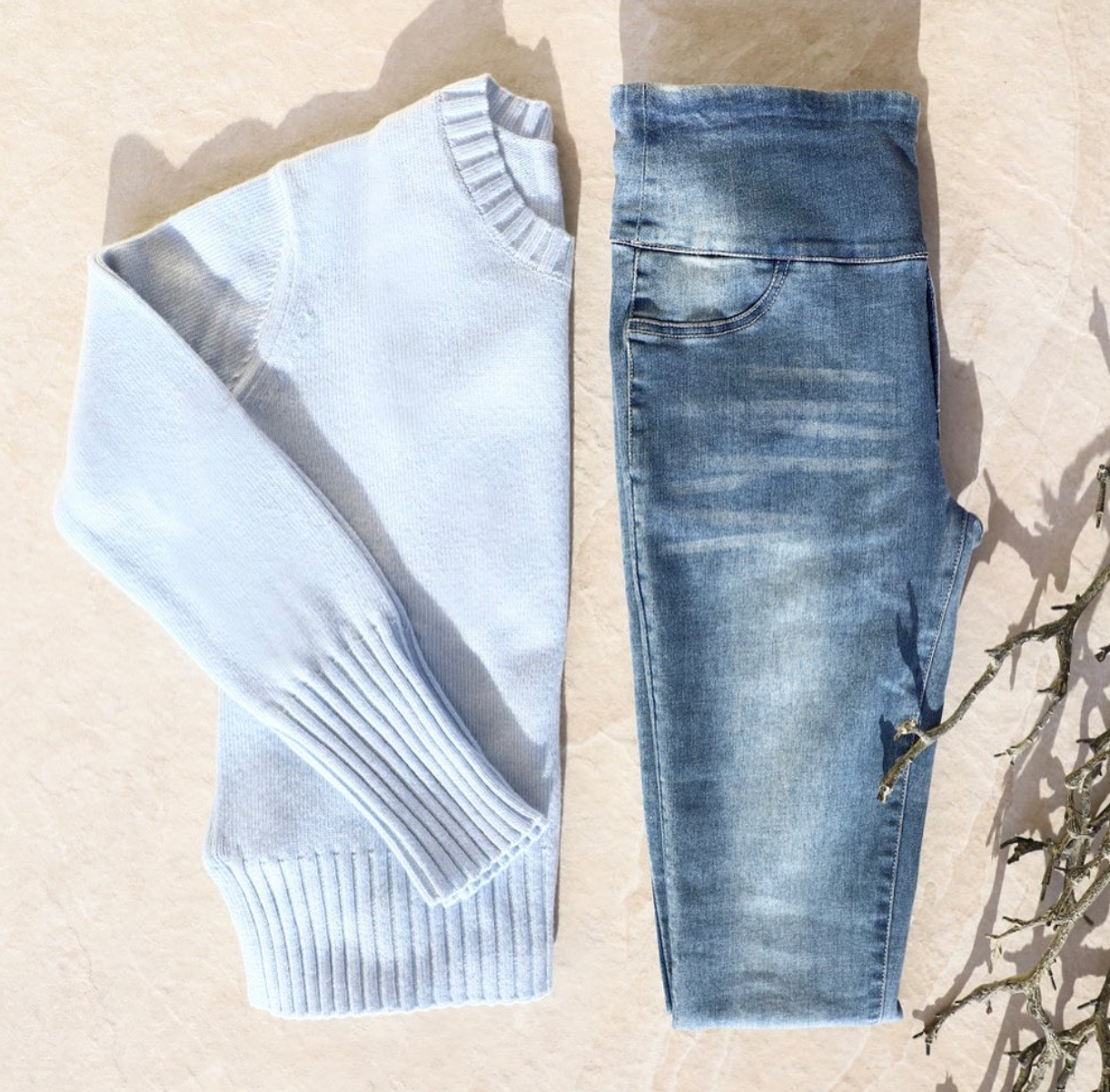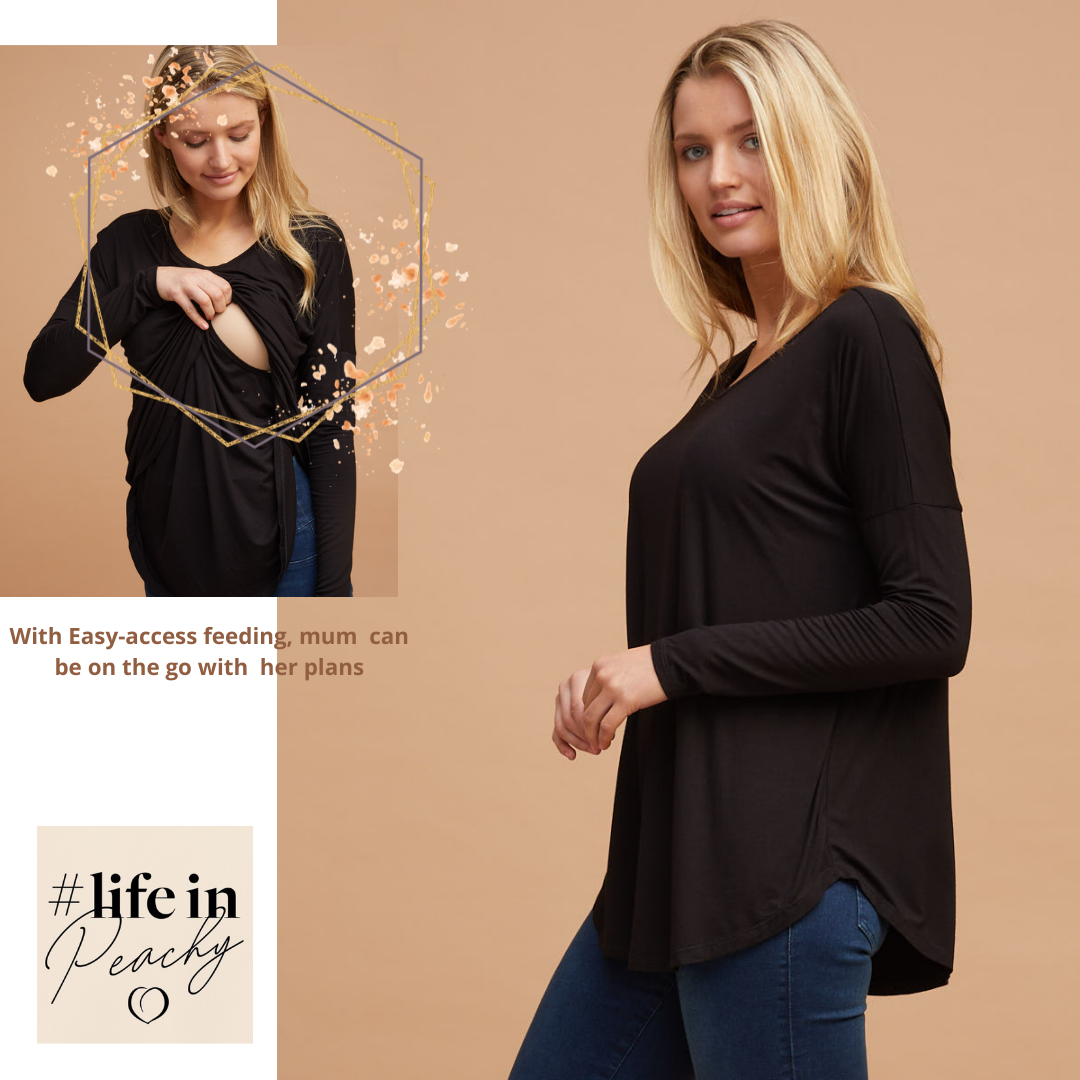
Small and large breasted women alike may face challenges when breastfeeding their babies. Butlarge breasted women could encounter very specific issues which smaller breasted women will likely never have to deal with.
Below we have compiled a list of top tips for large breasted women to be able to feed their child comfortably. But before we hit those tips, let’s clear up some of the leading myths aboutbreast size and breastfeeding.
The leading breastfeeding myths
There are a lot of myths about breastfeeding, with the most common regarding large breasted women including:
- Large breasts produce more milk. - All breasts are made up of fatty tissue, connective tissue, and glandular tissue. The size of the breast only indicates the amount of fatty tissue in the breast and has no bearing on a breast’s milk-producing capacity.
- You can suffocate a baby when feeding with large breasts. - Mums should not need to try to hold their breast away from their baby’s nose with their finger while feeding. If your baby is correctly positioned (we have some great positioning tips a bit later on in this article), then your breast will not interfere with your baby’s ability to breathe. A good attachment is when your baby’s chin is touching the breast and his nose is clear.
- Large breasts make breastfeeding easy. - Breast size has no bearing on how easy breastfeeding will be.
- Large breasts make breastfeeding difficult. - Breastfeeding takes practice, and feeding with large breasts presents its own set of difficulties. That is why we have put together the following list of tips below.
Tip #1: Try different positions
Mums are often advised to hold their baby in a cradle hold to nurse. For mothers with larger breasts, this can be uncomfortable if not impossible to accomplish.
Try the following positions when breastfeeding your little one:
- Cross cradle hold. In this position you will hold your baby on his back with the arm opposite to the breast on which he’s feeding. This position is a good place to start for new mums as it allows you to see your baby’s mouth and determine if you need to change the hold.
- Football/clutch hold. In this position your baby is held with his chest against your size and his legs behind you. He will be under the arm on the same side of the breast he is feeding from.
- Side lying hold. This hold allows the mattress of the bed to support your breast, and in hot temperatures you can feed slightly away from your bub so you will both be more cool and comfortable.
A pillow may help you, but depending on the size of your breasts, it may create more problems. Experiment and see what works, what doesn’t work, and be prepared to change how you feed as you and your bub become more experienced.
Tip #2: Support your breasts while you feed
You can support your breast during a feed by holding it with your hand, or you can roll up a towel, a wash cloth or a small blanket and place it under your breast up against the chest wall. That way you will be able to have one hand free once your baby has latched.
Tip #3: Try shaping your breasts during a feed
Large breasts mums may find something known as the “breast sandwich” as an effective way to feed. This sandwich makes it easier for your baby to latch and feed from your nipple which may be flat (nipples may flatten even if they are usually erect).
To create a breast sandwich, visualise how you would hold a sandwich. Your thumb should be placed on the inside of your breast with your fingers on the outside. Make sure that your hand is far away enough so that it is not interfering with your baby’s mouth or nose, and remember that you are merely shaping the breast, not squeezing it.
Tip #4: You may get itchy
Women who are well-endowed are more prone to bacterial infections, yeast infections and heat rash because of the folds beneath and between the breasts. If you start feeling irritated, try using a natural and non-toxic lotion, coconut oil, olive oil or sweet almond oil for relief.
Tip #5: Wear a great bra
Another way to keep the itch at bay: wear a comfortable, breathablebra and change your bra if you feel sweaty.
When looking for a maternity orbreastfeeding bra, you want to look for the following:
- Wide, comfortable straps and band
- Support with no underwire (underwire can put pressure on your breast tissue and make breastfeeding and milk flow more difficult)
- Breathable, stretchy fabric
Did you knowPeachymama has recently introducednursing bras to our extensive collection of fashionablenursing attire? Made of bamboo, spandex and polyamide, our bras are so comfortable you can even wear them to bed!
Head over to browse our bras and breastfeeding slips athttps://www.peachymama.com.au/collections/nursing-bra-slip
Further Reading:
https://www.parents.com/baby/breastfeeding/tips/31-breastfeeding-secrets/


